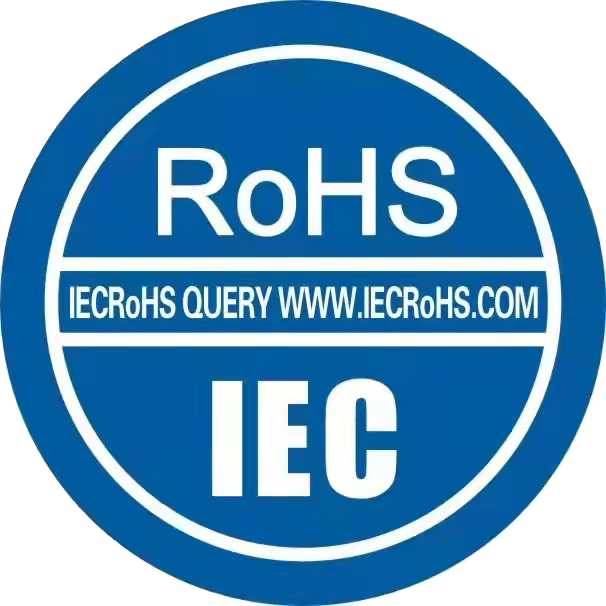Understanding the RoHS Test Report: A Comprehensive Guide for Compliance and Sourcing
In today’s globally connected and environmentally conscious marketplace, the RoHS test report has become a cornerstone document for electronics manufacturers, distributors, and importers. Standing for Restriction of Hazardous Substances, RoHS is a directive originally adopted by the European Union to control the use of specific hazardous materials found in electrical and electronic equipment. A RoHS test report is the tangible, laboratory-generated evidence that proves a product’s compliance with this critical regulation. It serves not just as a legal safeguard but also as a powerful tool for demonstrating corporate responsibility and commitment to consumer safety and environmental protection.
What Exactly is a RoHS Test Report?
A RoHS test report is a formal document issued by an accredited third-party testing laboratory. It details the analytical results of tests performed on a homogenous material sample from a product to determine the concentration levels of the restricted substances outlined in the RoHS directive. The report provides quantitative data, showing that the amounts of these hazardous materials are below the Maximum Concentration Values (MCVs) allowed by law. It is crucial to understand that this report is not a certificate but rather the scientific evidence that underpins a Declaration of Conformity (DoC), which is the formal claim made by the manufacturer or importer.
Key Substances Restricted by RoHS
The RoHS directive, currently in its recast version known as RoHS 2 and expanded by RoHS 3, restricts ten specific substances. Any product within its scope must have each homogenous material tested for these elements, and their presence must not exceed the set thresholds of 0.1% or 1000 ppm (except for Cadmium, which is limited to 0.01% or 100 ppm). The restricted substances include Lead (Pb), Mercury (Hg), Cadmium (Cd), Hexavalent Chromium (CrVI), Polybrominated Biphenyls (PBB), Polybrominated Diphenyl Ethers (PBDE), Bis(2-Ethylhexyl) phthalate (DEHP), Benzyl butyl phthalate (BBP), Dibutyl phthalate (DBP), and Diisobutyl phthalate (DIBP). The report will explicitly list the measured values for each of these in the tested samples.
Why is a RoHS Test Report So Crucial?
The importance of obtaining and maintaining a valid RoHS test report cannot be overstated. Primarily, it is a legal requirement for selling applicable products in the EU and other regions that have adopted similar regulations, such as China, South Korea, and certain U.S. states. Without it, companies face significant risks, including hefty fines, product recalls, seizure of goods at customs, and being barred from the market. Beyond compliance, the report builds trust with B2B customers and end-consumers who are increasingly making purchasing decisions based on ecological and health considerations. It also protects brand reputation by mitigating the risk of inadvertently supplying non-compliant and potentially dangerous products.
The Process of Obtaining a RoHS Test Report
Acquiring a RoHS test report is a systematic process that begins with identifying the need for testing based on the product’s category and target market. The next step is selecting an ISO/IEC 17025 accredited laboratory, as this ensures the tests are performed according to internationally recognized standards and that the resulting report will be accepted by authorities. The manufacturer then provides the lab with samples, typically homogenous materials from every distinct component of the product (e.g., plastics, solder, paints, cables). The laboratory uses advanced techniques like X-Ray Fluorescence (XRF) screening for initial analysis, followed by precise wet chemistry methods for verification to generate accurate quantitative data. The final report will include details about the laboratory, the client, the tested samples, the methods used, and the conclusive results.
Key Components of a Valid RoHS Test Report
A credible and complete RoHS test report contains several essential elements. It must clearly display the name and accreditation details of the testing laboratory. It will include a unique report number and issue date for traceability. The report must accurately describe the tested samples, often with photos and identifying codes. Crucially, it will present a results summary table listing each restricted substance and its measured concentration against the permissible limit, with a clear pass/fail indication. The report should also specify the testing standards employed (e.g., IEC 62321) and be signed by an authorized representative of the laboratory. Reviewing these components is vital to ensure the report’s authenticity and validity.
Conclusion: The RoHS Test Report as a Business Imperative
Ultimately, the RoHS test report is far more than a bureaucratic hurdle; it is a fundamental aspect of modern product development and international trade. It provides the necessary due diligence to navigate complex regulatory landscapes, protects businesses from legal and financial repercussions, and aligns corporate practices with the global shift towards sustainability. For anyone involved in the electronics supply chain, understanding, obtaining, and properly managing these reports is an indispensable part of ensuring product compliance, market access, and long-term commercial success.
Disclaimer: The information provided in this article is for general informational and educational purposes only and does not constitute legal or professional advice. RoHS regulations and their interpretations are complex and subject to change. While we strive to provide accurate and up-to-date information, we make no representations or warranties of any kind regarding the completeness, accuracy, reliability, or suitability of the content herein. It is the reader’s responsibility to consult with appropriate legal and compliance professionals and accredited testing laboratories to ensure specific products meet all applicable regulatory requirements. The author and the publishing platform expressly disclaim any liability for any actions taken or not taken based on the contents of this article.

